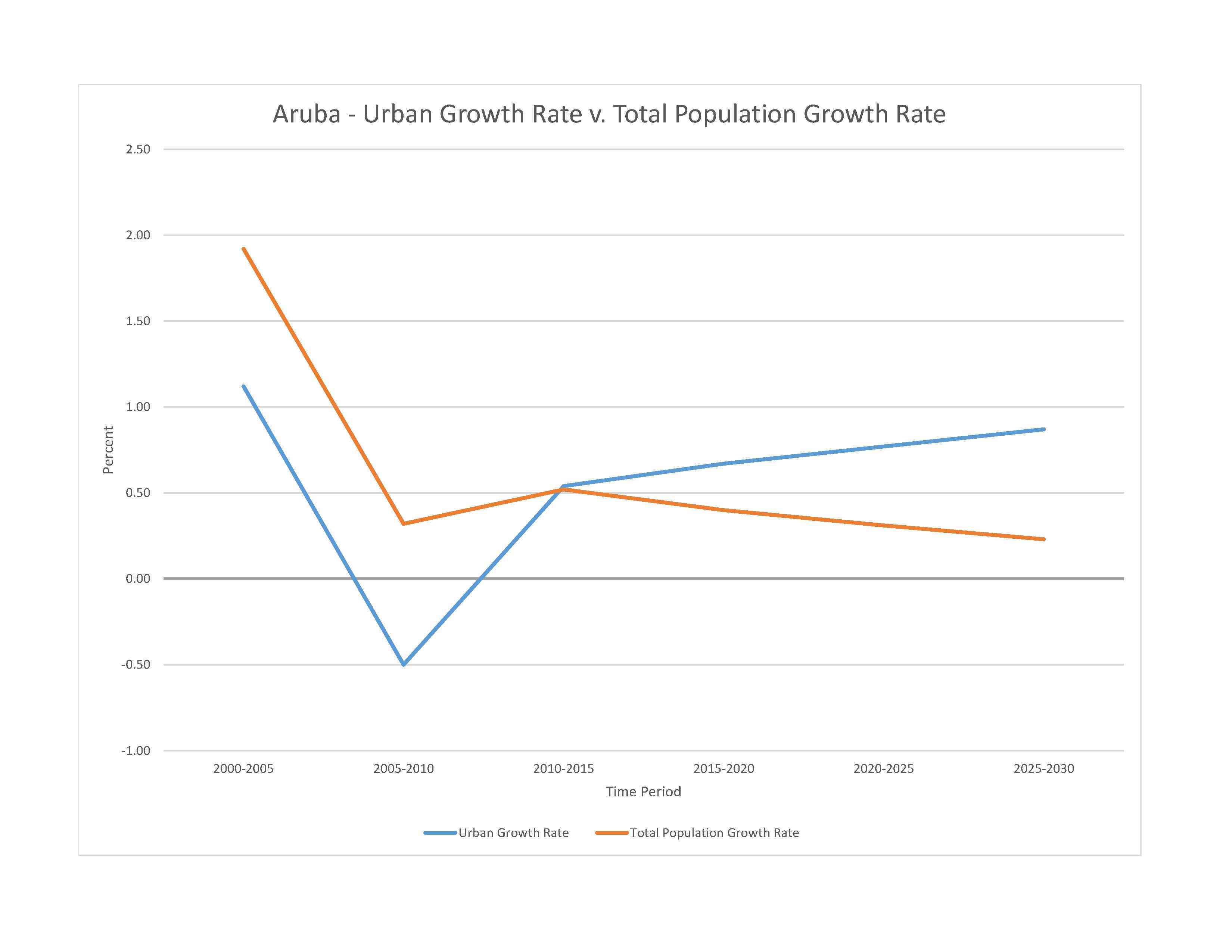
123,702 (2023 est.)
noun: Aruban(s)
adjective: Aruban; Dutch
Dutch 78.7%, Colombian 6.6%, Venezuelan 5.5%, Dominican 2.8%, Haitian 1.3%, other 5.1% (2020 est.)
note: data represent population by nationality
Papiamento (official) (a creole language that is a mixture of Portuguese, Spanish, Dutch, English, and, to a lesser extent, French, as well as elements of African languages and the language of the Arawak) 69.4%, Spanish 13.7%, English (widely spoken) 7.1%, Dutch (official) 6.1%, Chinese 1.5%, other 1.7%, unspecified 0.4% (2010 est.)
Roman Catholic 75.3%, Protestant 4.9% (includes Methodist 0.9%, Adventist 0.9%, Anglican 0.4%, other Protestant 2.7%), Jehovah's Witness 1.7%, other 12%, none 5.5%, unspecified 0.5% (2010 est.)
0-14 years: 17.32% (male 10,745/female 10,677)
15-64 years: 66.11% (male 39,490/female 42,284)
65 years and over: 16.58% (2023 est.) (male 8,237/female 12,269)
total dependency ratio: 47.8
youth dependency ratio: 24.8
elderly dependency ratio: 23
potential support ratio: 4.4 (2021 est.)
total: 40.7 years (2023 est.)
male: 39 years
female: 42.2 years
1.11% (2023 est.)
11.7 births/1,000 population (2023 est.)
8.7 deaths/1,000 population (2023 est.)
8.1 migrant(s)/1,000 population (2023 est.)
most residents live in or around Oranjestad and San Nicolaas; most settlments tend to be located on the less mountainous western side of the island
urban population: 44.3% of total population (2023)
rate of urbanization: 0.77% annual rate of change (2020-25 est.)

30,000 ORANJESTAD (capital) (2018)
at birth: 1.02 male(s)/female
0-14 years: 1.01 male(s)/female
15-64 years: 0.93 male(s)/female
65 years and over: 0.67 male(s)/female
total population: 0.9 male(s)/female (2023 est.)
total: 11.8 deaths/1,000 live births (2023 est.)
male: 16 deaths/1,000 live births
female: 7.5 deaths/1,000 live births
total population: 78.3 years (2023 est.)
male: 75.2 years
female: 81.4 years
1.82 children born/woman (2023 est.)
0.9 (2023 est.)
N/A
improved: urban: 98.1% of population
rural: 98.1% of population
total: 98.1% of population
unimproved: urban: 1.9% of population
rural: 1.9% of population
total: 1.9% of population (2015 est.)
N/A
N/A
improved: urban: 97.7% of population
rural: 97.7% of population
total: 97.7% of population
unimproved: urban: 2.3% of population
rural: 2.3% of population
total: 2.3% of population (2015 est.)
N/A
42.1% (2023 est.)
5.5% of GDP (2016 est.)
definition: age 15 and over can read and write
total population: 97.8%
male: 97.8%
female: 97.8% (2018)
total: 14 years
male: 13 years
female: 14 years (2012)
NOTE: The information regarding Aruba on this page is re-published from the 2024 World Fact Book of the United States Central Intelligence Agency and other sources. No claims are made regarding the accuracy of Aruba 2024 information contained here. All suggestions for corrections of any errors about Aruba 2024 should be addressed to the CIA or the source cited on each page.
This page was last modified 04 May 24, Copyright © 2024 ITA all rights reserved.